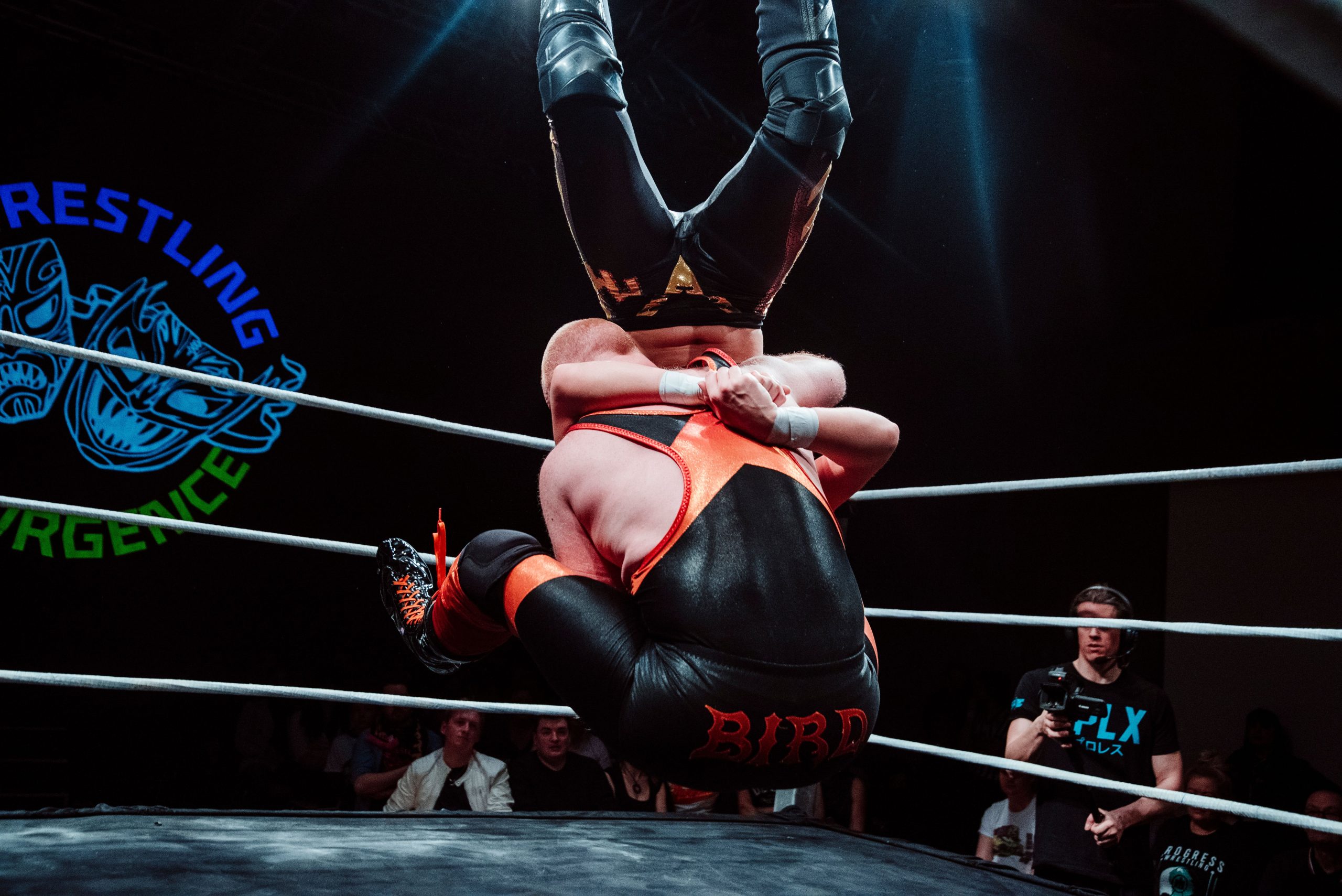On the Callous

“It just took me straight back to when I first started wrestling training, and how beat up I was from that. But…you do develop a kind of callous to it and…you become less sore as time goes on and you get more reps in”.
“I feel like a have…my fascia is kind of like a calloused shield”.
Here are two comments from two interviews with two leading wrestlers on the British scene. Before beginning the Health and Wellbeing in Professional Wrestling project, I had heard of the notion of callous as a description of the wrestling experience. After all, that most famous wrestling star, The Undertaker, was originally named Mark Callous.
Dermatologically speaking, the callous is hard skin that develops, particularly on hands and feet. It is caused by repetitive friction. If planning on wearing sandals in summer, one might indulge in a pedicure to get rid of callous. If, however, you are a guitar player, the callous not only makes the strings less painful on the finger tips, it is also a signifier of practice, hard work, even excellence. It has traditionally represented class: the calloused hands of the dock worker or bricklayer versus the softer hands of the office salesperson or banking executive. In our post-industrial times, this is less clear cut as the rise of the artisan woodworker and, concurrently, the precarious, underpaid telemarketer, have disturbed long-established class physiques. The term is also used to describe emotions or actions in a metaphorical way; a callous person is hard-hearted, lacking in gentleness, insensitive to the needs of others.
How does this work in wrestling? Why is “callous” the term used to describe bodily response to in-ring practice? It is certainly about getting used to the wrestling physical vernacular. It is not just a description of hard skin but an evocation of the whole wrestler body, as if it is surrounded by an aura of toughness. So many wrestlers in our project describe their early months of practice as painful: backs unused to the tightness of the ropes or necks that have never experienced the whiplash-effect of a bump. But gradually, the body becomes accustomed to the rigours of the ring and, while the effects of wrestling are still acute, the pain and bruises simply slip into the day-to-day experience of life. However, although performatively wrestling might look like a callous practice (e.g. trying to beat up the opponent), actually it is quite the opposite. A wrestler’s callous is caused by, in general, a generosity of practice, collaborative work with other wrestlers over a period of years. It is a metaphor for a body of work etched into the skin.
This is not to say, of course, that the more negative connotations of “callous” do not appear in wrestling. Firing of talent via social media, veterans forcing young wrestlers to “prove themselves” through physical punishment, the ignoring of female wrestlers who have experienced sexual abuse: in each of these cases is a callous disregard for the wellbeing of others. Wrestling history is littered with such occasions. But the “callous” described by our two interviewees is not insensitive or hardened, rather it is caused by the co-creative process. It is a signifier of proficiency, even of excellence. It is a protective layer built up through the friction of wrestling.